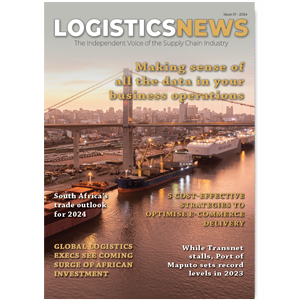These four tech areas have become more ubiquitous in supply chain management and will continue to entrench themselves into the foreseeable future.
IoT driving business decisions
One forecast suggests that there will be more than 75 billion IoT-connected devices in use by 2025, three times as many as in 2019. On the same timeline, the IoT market is expected to have a value of $ 4 trillion.
One piece of IoT technology will dominate supply chain management, especially cold chain management: smart labels. The IoT-connected smart labels can be attached to products from the point of manufacture to the point of final consumer consumption. Along the way, they collect data and organise it in one place. If the path an item takes along the supply chain were digital art, the data provided by smart labels are like thousands and millions of pixels that, together, paint the big picture.
Moving from the cloud to the edge
By using edge platforms and virtualisation technologies, such as virtual machines and containers, applications can be ported between different computer hardware vendors. Gateway providers and powerful edge devices able to run lightweight machine learning will likely emerge in response to this move. Cloud providers will certainly continue pushing to the extreme edge with real-time operating systems and run-time environments on cellular smart labels and wearables.
Advancements in AI
The use of artificial intelligence (AI) solutions in the supply chain is another way to inform decision-making. Supply chain data can be predicted based on past history gleaned from the IoT data pixels. AI and IoT solutions work together to predict problems and offer solutions based on patterns. You should keep an eye out for AI tech solutions such as demand planning and digital twins. Both solutions will be
accelerated by the increased availability of data and cloud environments managing large fleets of edge devices.
Automation as a result
The final trend to watch for is automation. Just like AI advancements being a natural progression from IoT-provided data, automation is a result of data and AI working together. The replacement of repetitive and time-consuming activities through automation has been an ongoing process for years. It’s nothing new. What is new when it comes to automation and the supply chain, however, is automation’s role in transportation. Transportation automation will make supply chain professionals with an understanding of
data extremely valuable. Automation can happen at a faster rate as professionals within the industry take the data and implement AI platforms to make decisions.
In a nutshell
As businesses focus more closely on their supply chains, executives are realising there are large opportunities for bottom-line impacts. The pathway of IoT-connected devices feeding AI platforms and automation to arm decision-making is entrenched. •




